We paid for Haji Pir in blood. And we gifted it away on the negotiating table.
— General Harbaksh Singh, Western Army Commander, 1965

The Haji Pir bulge, named after a revered saint, in Kutch, Gujarat (India) is a high-altitude pass over 8,652 feet (2,637 metres) above sea level in the Pakistan-administered Kashmir (PoK).
The strategic advantage of the Haji Pir Pass is its connectivity. Located in the formidable Pir Panjal range, the Haji Pir pass connects Srinagar Valley with Jammu, and shortens the road distance between Poonch and Uri from 282 km to almost 56 km. The Pass also connects Poonch in Jammu and Kashmir to Rawalakot in Pakistan-occupied Kashmir (PoK).
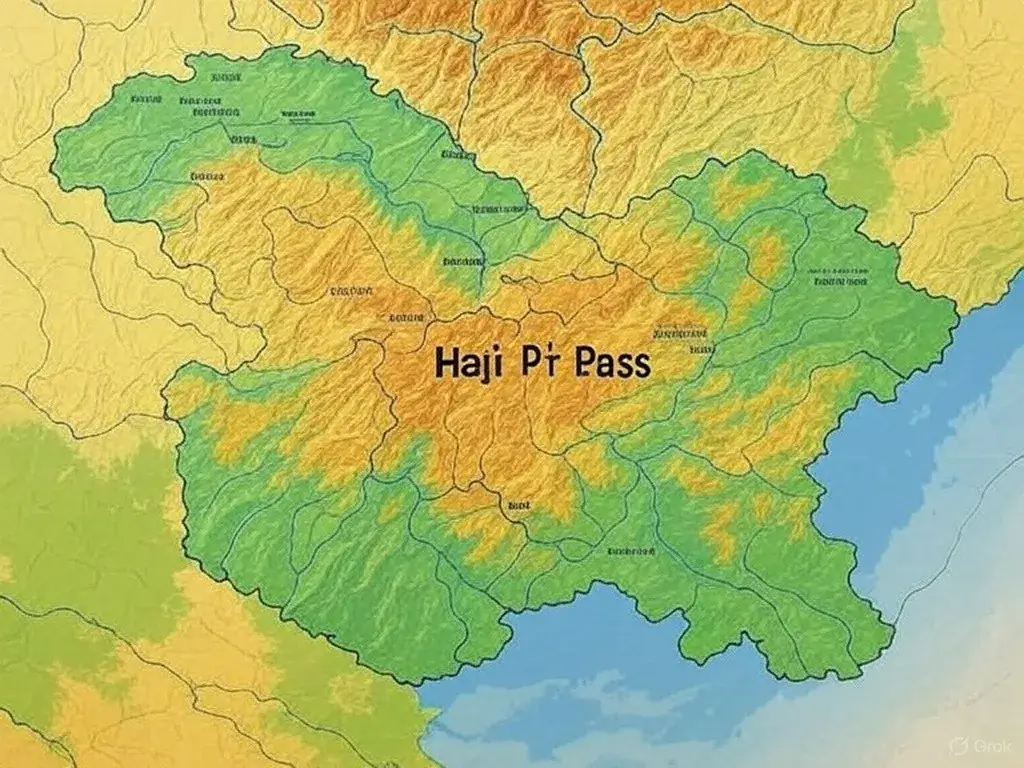
This makes it ideally suited for Pakistani terrorists to infiltrate into India. Terrorists from Pakistan often use the dense forests and vegetation to hide and infiltrate into India. Even today Haji Pir at the crossroads between Pakistan’s Rawalakot and Uri – Poonch sectors in India— is the main artery for Pakistani militants to slip into Kashmir. A majority of infiltrations from Pakistan into Jammu & Kashmir happen from this area.
The capture of the entire Haji Pir bulge as part of Operation Bakshi was a vital turning point that changed the complexion of the Indo-Pak war in August 1965.
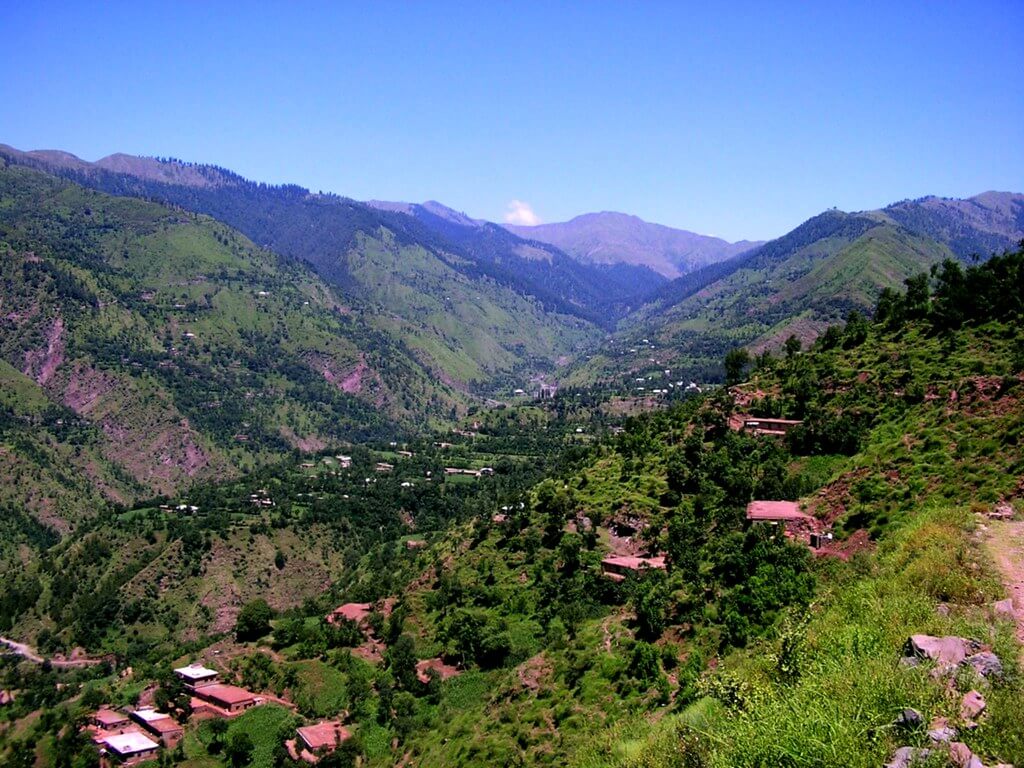
Haji Pir Pass was dominated by three prominent hill features Bedori (3760m) 14 kms southeast of the CFL, Sank (2895m) on the west and Ledwali Gali (3140m) to the South-West. The capture of these features was considered necessary before advancing towards Haji Pir pass. On 15 August 1965, the Indian Army crossed the Ceasefire line (CFL) and recaptured the three hill positions occupied by Pakistan which were being used to disrupt traffic on the Srinagar – Leh Highway. A decision was also taken to capture the Haji Pir Bulge which was a key hub and ingress route for infiltrations into India.
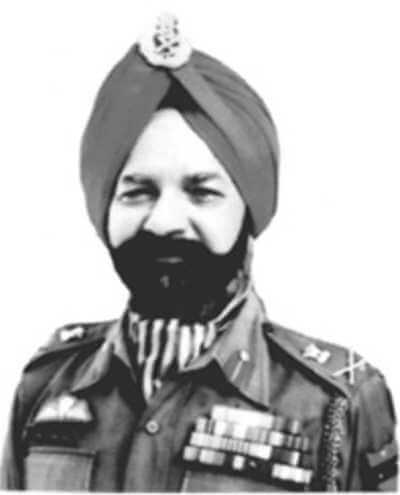
On August 28, 1965, 4 PARA Battalion, under Major (later Lt Gen Ranjit Singh Dyal) climbed over 1220m in the cover of darkness amidst rain and enemy bullets in one of the most treacherous terrains. Over 150 Indian soldiers were killed or wounded in the operations to secure the bulge.
As a result of the territorial gain, the Uri-Punch road link was restored and the strategic Jammu — Rajouri — Srinagar road, lying in disuse since 1947, became functional again. Later many enemy posts continued to be captured right up to Kahuta, which was also captured subsequently.
The capture of Haji Pir Pass was a brilliant military manoeuvre and India’s biggest tactical victory in the 1965 war. Brigadier Z C Bakshi and Major Dyal were awarded the Maha Vir Chakra. 1 Para was awarded the Battle Honour Hajipir and Theatre Honour Jammu and Kashmir (1965).

However, as per the Tashkent Accord signed on 10 January 1966, over 1,920 square kilometres of captured territory including Haji Pir Pass was returned to Pakistan and the Indian and Pakistani forces withdrew to their respective positions prior to 5 August 1965.
Why? What was the need? Why did India have to give away the hard-won Haji Pir bulge back to Pakistan as part of the Tashkent agreement in 1966? Was it the only option?
This decision to return over 1,920 square kilometres of captured territory including Haji Pir Pass to Pakistan was a strategic blunder by Lal Bahadur Shastri who failed to consolidate the gains from the 1965 war and prevent future infiltration. Haji Pir was just not another territory but the very terrain from where Pakistan had launched aggression in the first place.
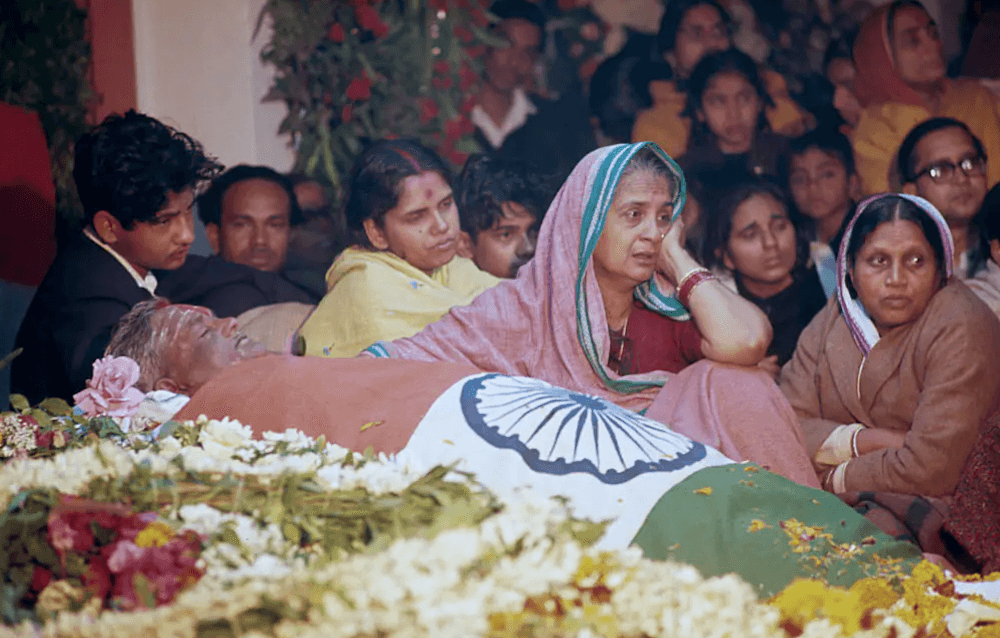
Ironically Prime Minister Lal Bahadur Shastri who was scheduled to meet Ayub Khan next day died due to heart attack in Tashkent, Uzbekistan (then in the Soviet Union) on 11 January 1966, one day after signing a peace treaty to end the 1965 Indo-Pakistan War.
Significantly the Indian leadership sacrificed military gains for a fragile ceasefire without any Pakistani commitment to stop future incursions. In fact, just six years later, Pakistan struck again — in 1971.
According to Lt Gen Ranjit Singh Dyal the man behind the capture of Haji Pir, “The Pass would have given India a definite strategic advantage … It was a mistake to hand it back… our people don’t read maps.” As for Pakistan, it cannot be expected to be a good neighbour till ISI-military control the country and continue state policy of terror.
What if India had retained Haji Pir

Had India retained Haji Pir, the map of Kashmir — and perhaps even the trajectory of militancy — might have looked different:
- Infiltration from PoK would have been severely disrupted.
- The Uri-Poonch road would be secured, allowing easier movement of troops and supplies.
- India would have held a commanding view of Pakistani positions in the bulge.
- The pass could have served as a bargaining chip in future negotiations on Kashmir.
Instead, the same routes India had once blocked are now used to make it bleed through proxy war and terrorism.
The Pattern Repeats
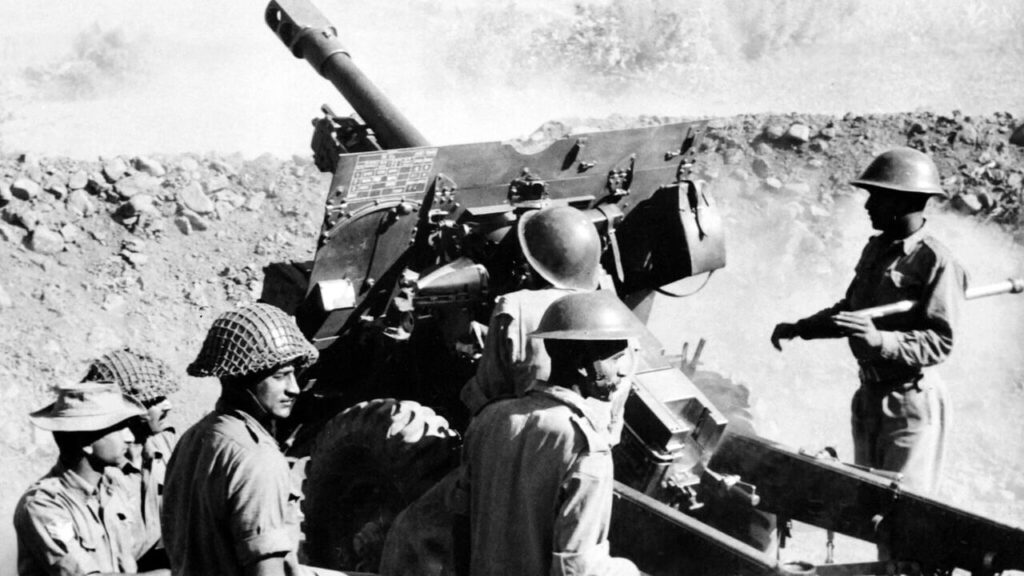
Haji Pir was not an isolated incident. From PoK in 1948 to the 93,000 POWs in 1971 India’s post-independence history is full of moments where military victory was followed by diplomatic retreat.
It’s time we remembered the sacrifice made by our soldiers who climbed those mountains, the price they paid to control that pass — and the strategic cost we still bear by giving it up. Capturing a pass in war, is only half the battle. Keeping it is what defines a nation’s resolve.

